Formed by Jochen Neerpasch in 1972, the M performance arm of BMW became responsible for its most loved and admired road cars.
But M stands for motorsport, and it’s on the shoulders of the company’s diverse and successful racing exploits that its famous products have been built. It therefore seems only right that we revisit BMW’s greatest competition successes.
1973 Nurburgring 6 Hours

BMW 3.0 CSL, Hans-Joachim Stuck, Chris Amon
The Batmobile 3.0 CSL and the European Touring Car Championship are central to BMW’s sporting heritage, it winning a string of titles in the 1970s. This win really put the car on the map as BMW lined up Formula 1 stars Niki Lauda and Chris Amon to take on Ford’s Capris, featuring Jochen Mass, Jackie Stewart and Emerson Fittipaldi. They thrashed them on the Nordschleife, with Lauda taking pole in his Jägermeister Alpina, then Amon and Hans-Joachim Stuck winning for the works.
1976 Daytona 24 Hours

BMW 3.5 CSL, Brian Redman, Peter Gregg, John Fitzpatrick
Between 1970 and 1987, Porsche powered every winner at Daytona – except this time. And what an oddity BMW’s only win there was. Brian Redman’s CSL had a huge 17-lap lead on Sunday morning, but then it coughed and died. Jump leads and a battery borrowed from fans enabled him to limp back to the pits, only for others to suffer the same fate after water contaminated a fuel supply. The organisers red-flagged the race, ordered fresh fuel and three hours later it resumed. The BMW won by 14 laps.
1982 Canadian Grand Prix

Brabham-BMW BT50, Nelson Piquet
Renault had proven turbo power was no joke in Formula 1 by 1980, when BMW announced a deal with Brabham. Engine guru Paul Rosche created a potent 1.5-litre engine from a simple production four-pot, but while power peaked at over 1400bhp, reliability was always a concern. Gordon Murray was cautious about unleashing the BMW in favour of trusted Cosworth DFVs, and by summer 1982 tensions were running high. Nelson Piquet didn’t even qualify in Detroit after a turbo failure, but in Montreal he led home his DFV-powered team-mate for BMW’s first F1 win. Relief all round, not least for put-upon M division boss Dieter Stappert.
1983 South African Grand Prix

Brabham-BMW BT52, Riccardo Patrese
Alain Prost and Renault had the 1983 Formula 1 season sewn up – until its campaign unravelled and Nelson Piquet got on a roll in the delta-shaped Brabham BT52. Back-to-back wins at Monza and Brands Hatch cut a 14-point deficit to just two with only Kyalami to come. In South Africa, Piquet blasted into a healthy lead on a light fuel load, pitting early to refuel – a typical Gordon Murray game-changing ploy – as Prost’s turbo wilted. Once the Frenchman was out, Piquet backed off, allowing team-mate Riccardo Patrese to win in his final race for Brabham. The Brazilian’s third place clinched him a second drivers’ title and what to date remains BMW’s only F1 crown.
1987 Tour de Corse

BMW M3, Bernard Béguin, Jean-Jacques Lenne
It would be plain wrong not to include the original and glorious E30 BMW M3 somewhere in this list. The car was spectacularly successful in touring car series all over the world, the headlines including two European Touring Car Championship crowns; two Deutsche Tourenwagen Meisterschaft titles; British Touring Car Championship titles for Frank Sytner and Will Hoy; and the only Group A World Touring Car Championship, claimed by M3 king Roberto Ravaglia.
But the car was also a handy weapon on the special stages, too, so we’ve picked its only victory in the World Rally Championship. A year on from Henri Toivonen’s death on the Tour de Corse, Frenchman Bernard Béguin ran a privateer M3 in Corsica and scored his only WRC win, with Jean-Jacques Lenne navigating. More significantly, his success also marked a breakthrough for the British company that built his car: Prodrive.
1992 Spa 24 Hours

BMW M3 Sport Evo, Steve Soper, Christian Danner, Jean-Michel Martin
Steve Soper’s Bigazzi M3 crew ran second to the Schnitzer entry from the go, and when he tripped over a backmarker on Sunday morning, the game seemed up – but the team boss insisted Soper get back in for the final stint. With an hour to go, he had closed to within the same lap as the Schnitzer M3 of Eric van de Poele, who was easing to make the finish. Soper kept closing, even turning his lights off to give less warning, and made his move with a lap to go, winning by just 0.48sec – after 24 hours.
1993 BTCC at Silverstone

BMW 318i, Steve Soper
The British Touring Car Championship’s 2.0-litre, one-class golden era was well under way when Schnitzer upped the ante by quitting the Deutsche Tourenwagen Meisterschaft for an all-out assault on the UK series. The dream team of Steve Soper and Joachim Winkelhock scored a one-two straight off the bat at Silverstone, then won eight of the 17 rounds between them, the German outscoring the Brit to become champion. The influx of big-name European teams and drivers had begun.
1999 Le Mans 24 Hours

BMW V12 LMR, Joachim Winkelhock, Yannick Dalmas, Pierluigi Martini
BMW signalled that its second iteration of sports prototype was a genuine threat with a storming victory at the Sebring 12 Hours, but Le Mans had never seen a manufacturer entry like this. Beside BMW, works teams lined up from Audi, Mercedes-Benz, Nissan, Panoz and Toyota. After the drama and controversy of aerodynamically unstable Mercedes flipping out, it came down to BMW versus Toyota. On Sunday morning, the Williams-built #17 BMW had a four-lap lead when its throttle stuck, causing it to crash. Once the Toyota threat was ended by a puncture, the #15 was left to score BMW’s only overall Le Mans win (although its V12 also powered the McLaren F1 GTR that won in 1995). Beside Nelson Piquet’s 1983 F1 world title, it remains BMW’s greatest motorsport achievement.
2001 San Marino Grand Prix

Williams-BMW FW23, Ralf Schumacher
Having quit F1 in 1987, BMW returned in 2000 for a partnership with Williams. In its second year, its increasingly potent V10 offered a creditable threat to the dominance of Ferrari’s Michael Schumacher, with brother Ralf taking its first F1 win since 1986. Starting third at Imola, he dropped the McLarens of David Coulthard and Mika Häkkinen to lead all the way. He and especially team-mate Juan Pablo Montoya pushed Ferrari hard that season and in 2003 but couldn’t add to BMW’s 1980s F1 titles.
2008 Canadian Grand Prix

BMW Sauber F1.08, Robert Kubica
The brittle marriage between BMW and Williams ended in 2005, whereupon BMW bought the Sauber team to do Formula 1 on its own terms. By 2008, BMW Sauber was a genuine force, and in Montreal, highly rated young Robert Kubica scored a fortuitous win after the McLaren of Lewis Hamilton rammed Ferrari’s Kimi Räikkönen in a pit-lane misjudgement. Nick Heidfeld made it a one-two as the Pole vaulted to the head of the championship. BMW’s challenge faded thereafter, though, and Canada 2008 remains its only all-in F1 win. It withdrew from the sport at the end of 2009 amid the credit crunch, then Kubica’s promise was ended in 2011 by a rally crash that almost cost him an arm.

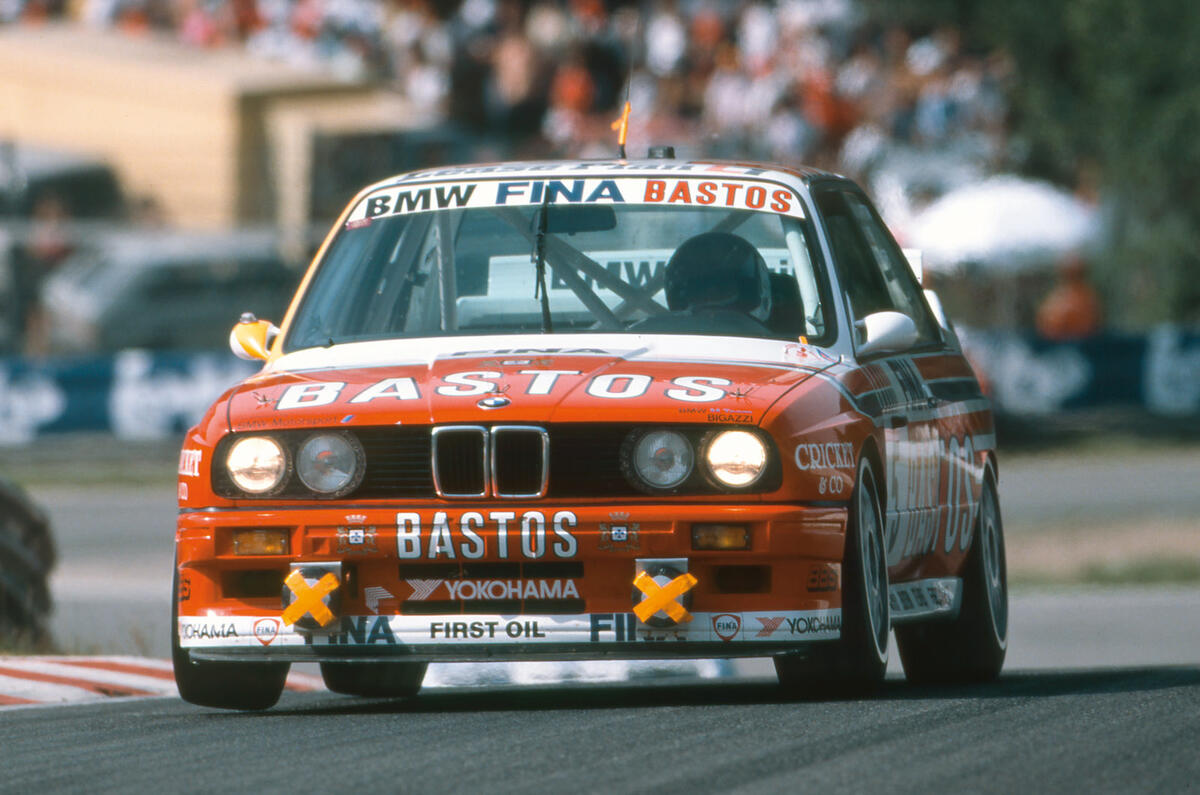
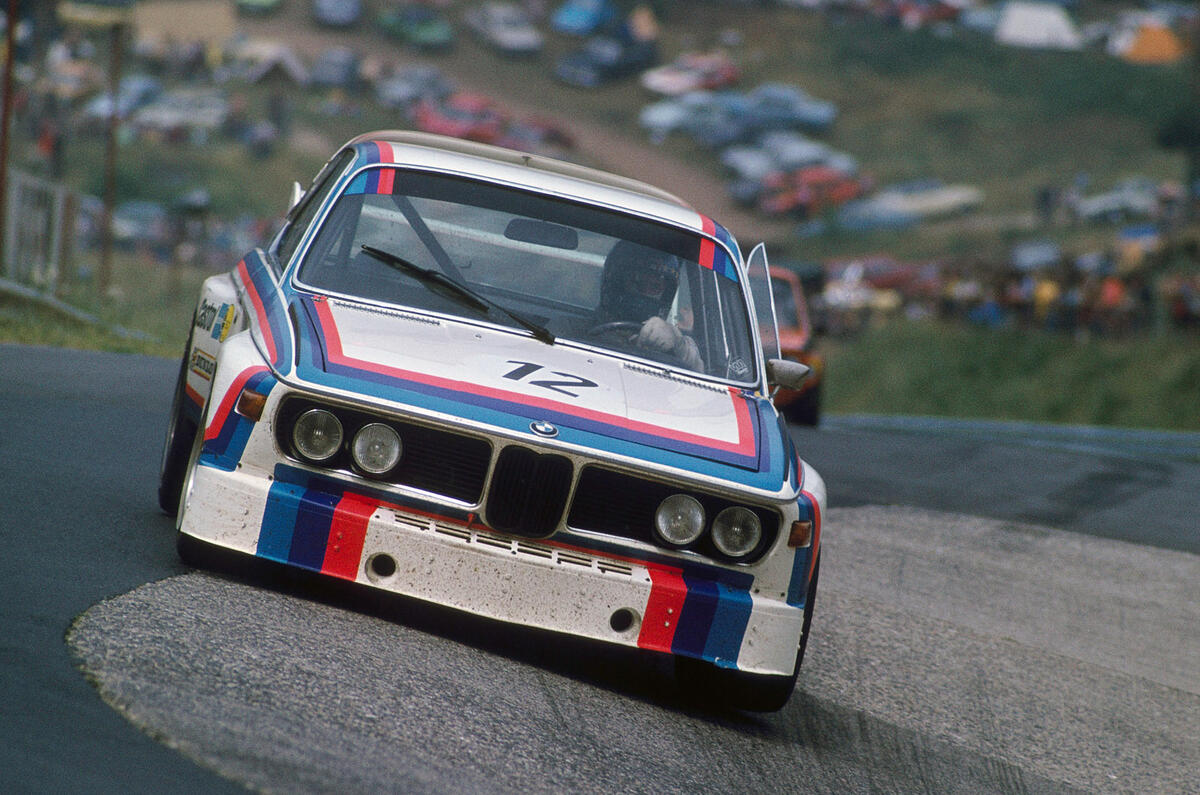
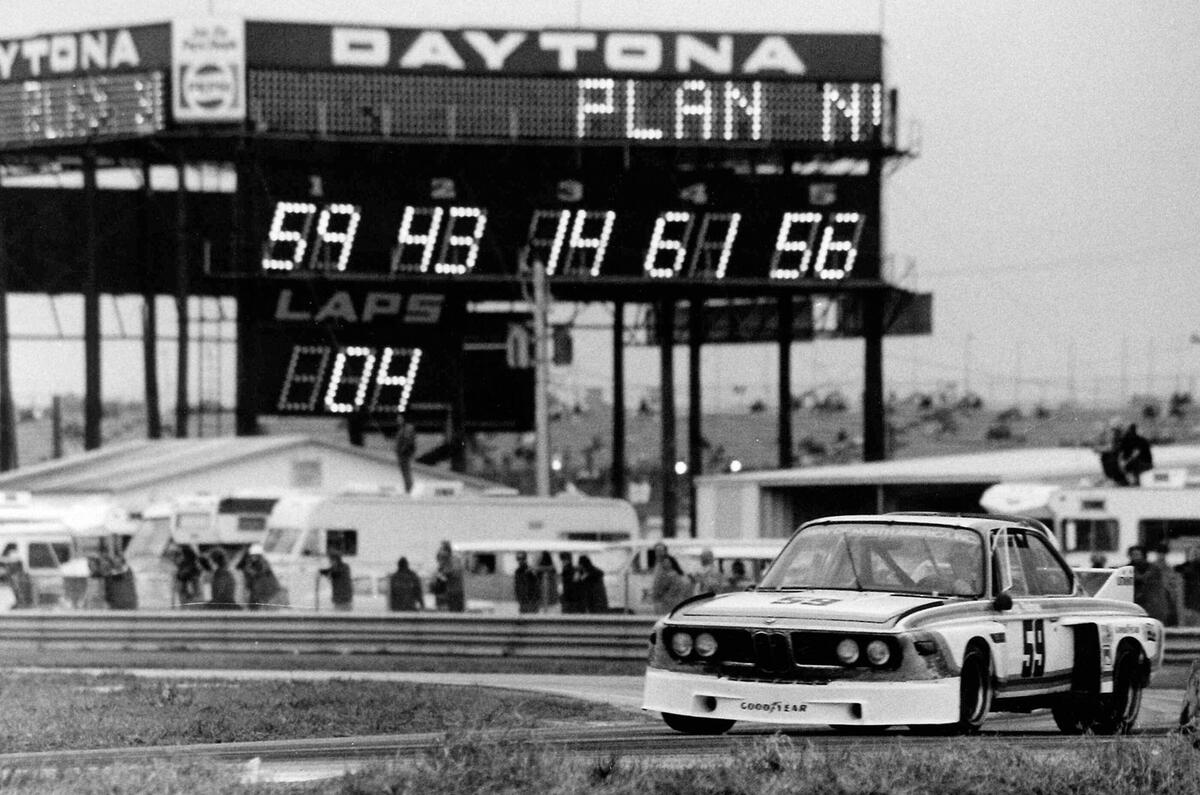
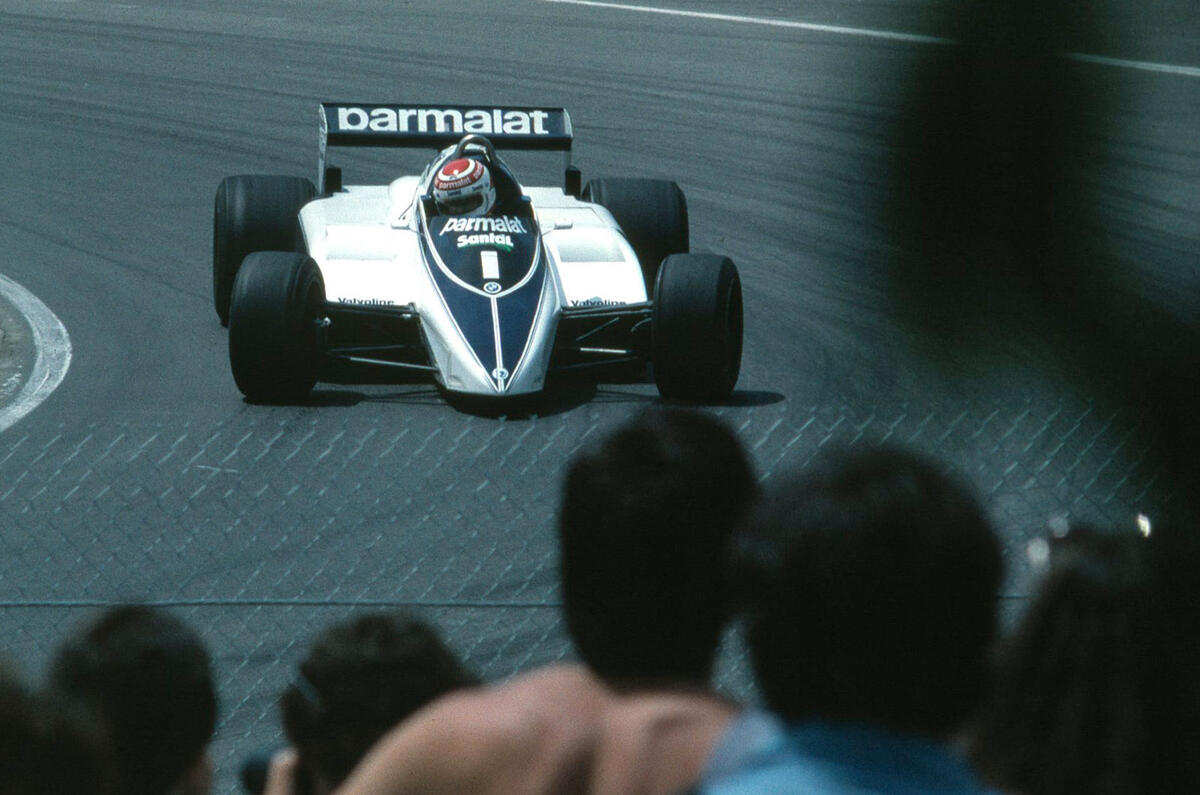
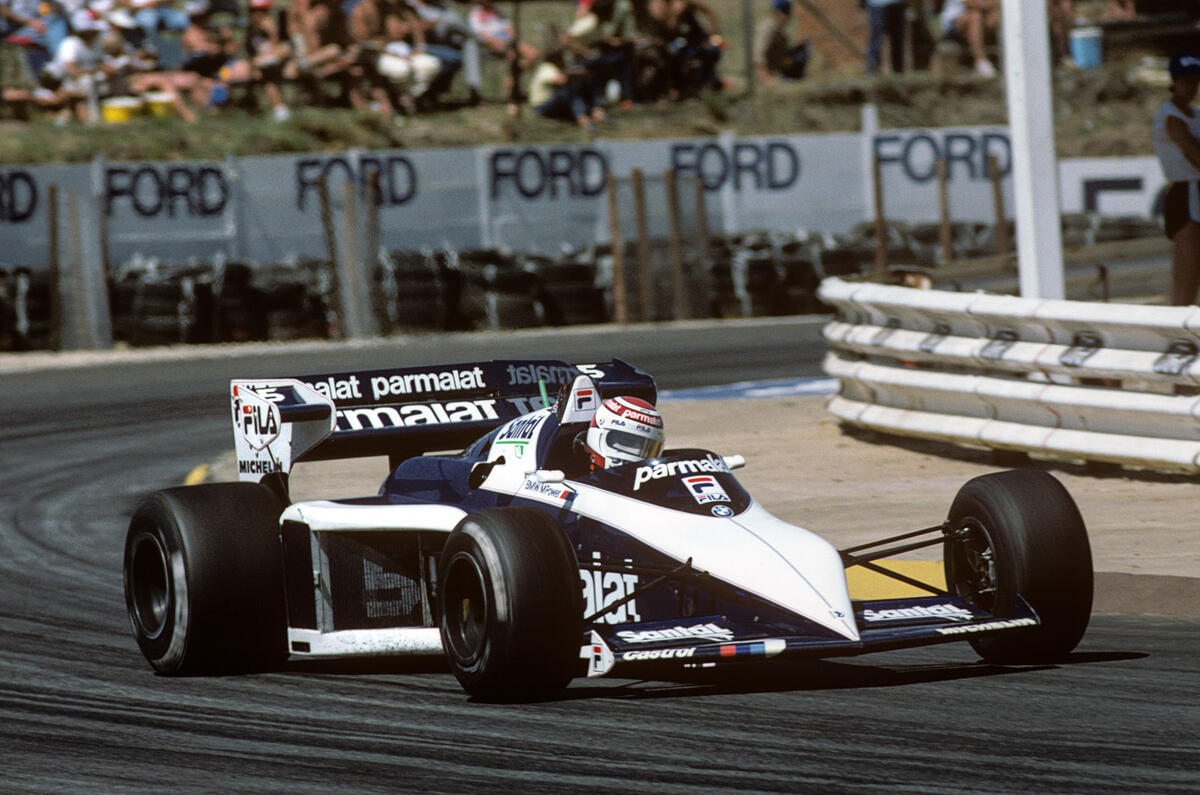
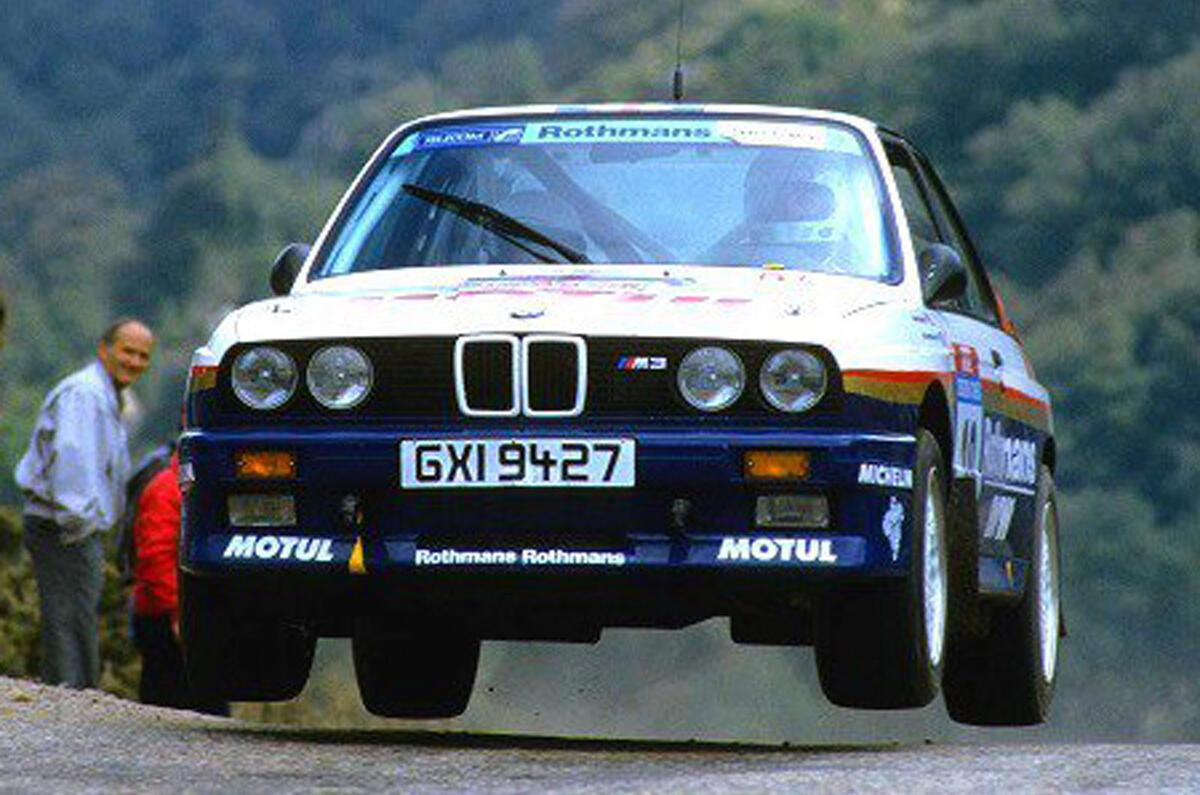
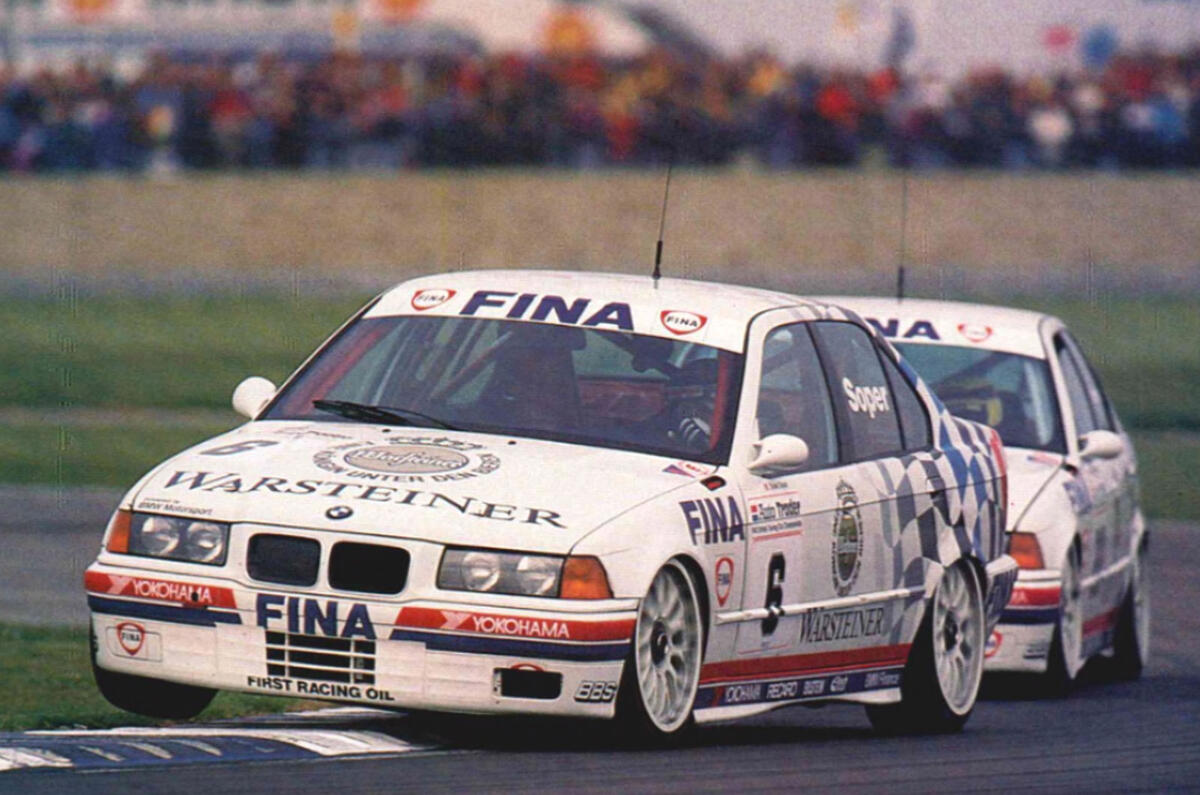
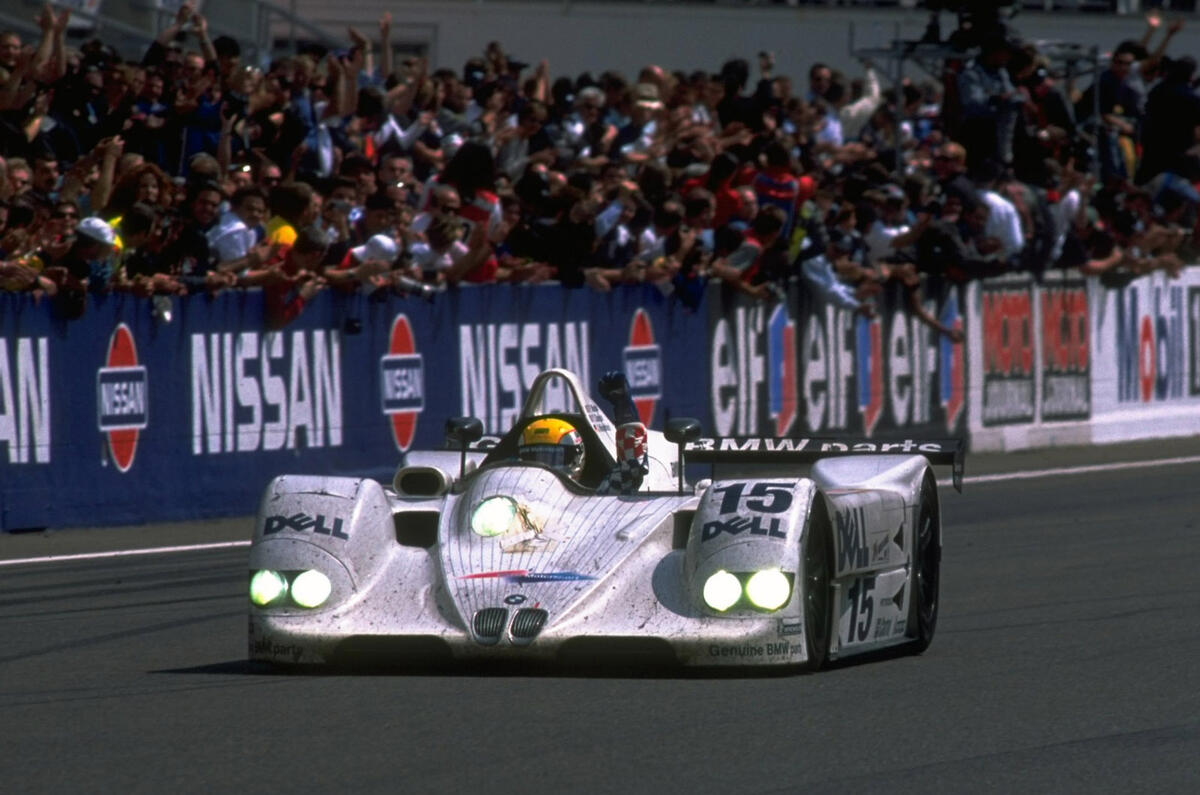
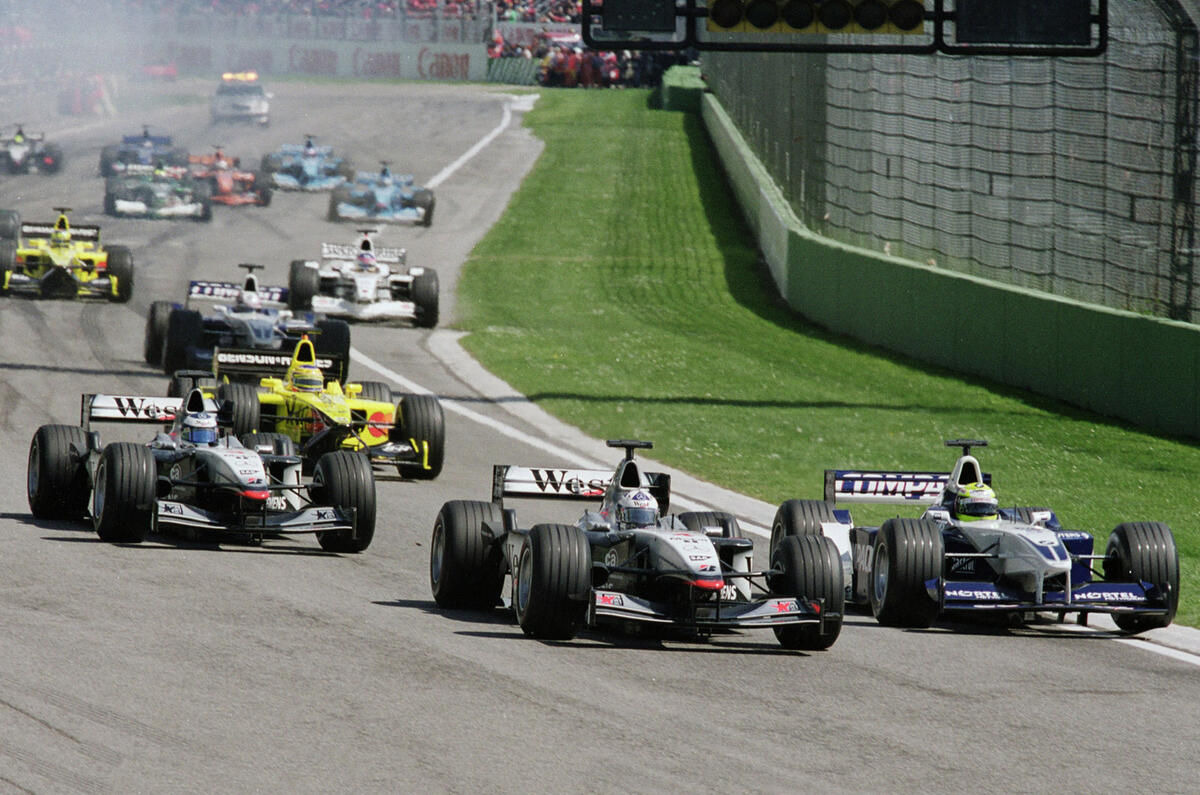
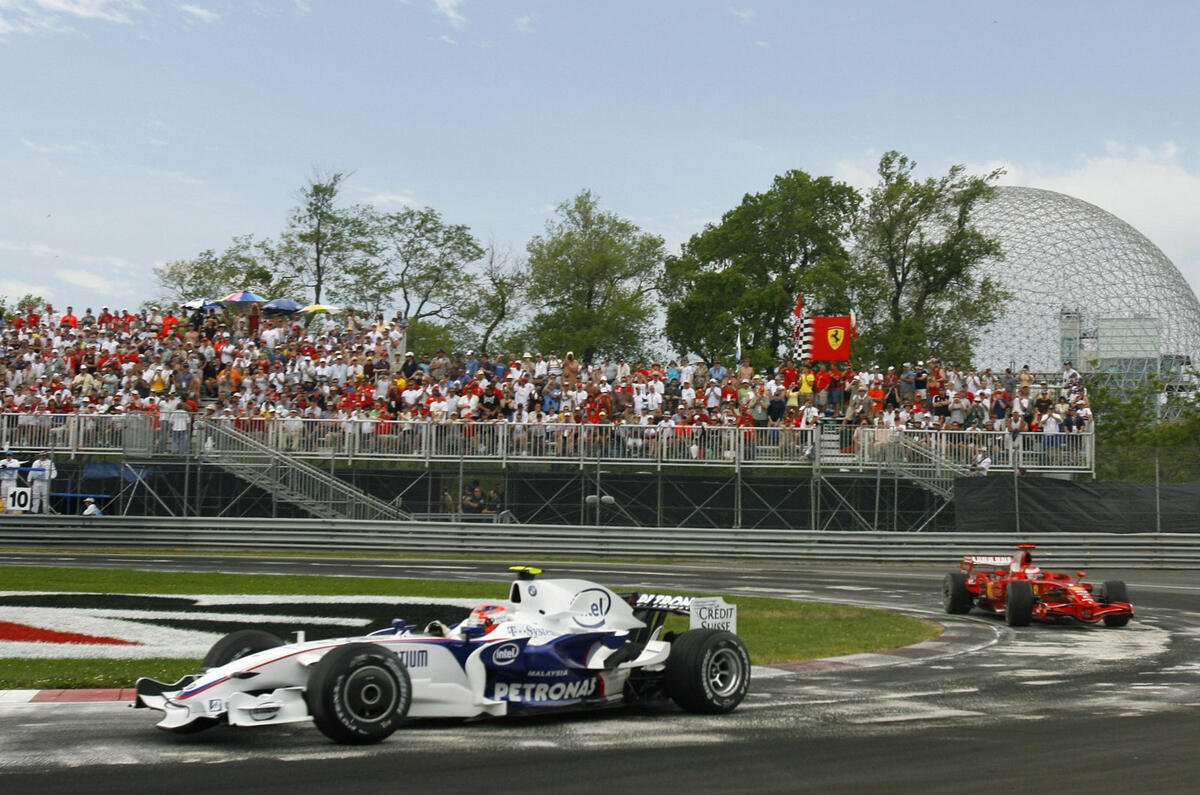
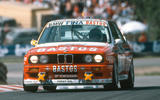
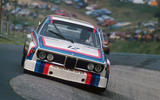
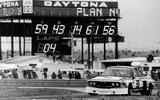
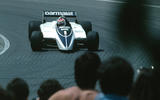
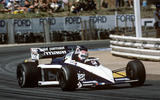
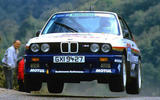

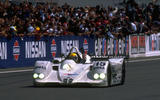
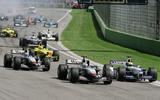
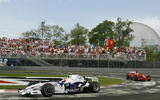


Add your comment